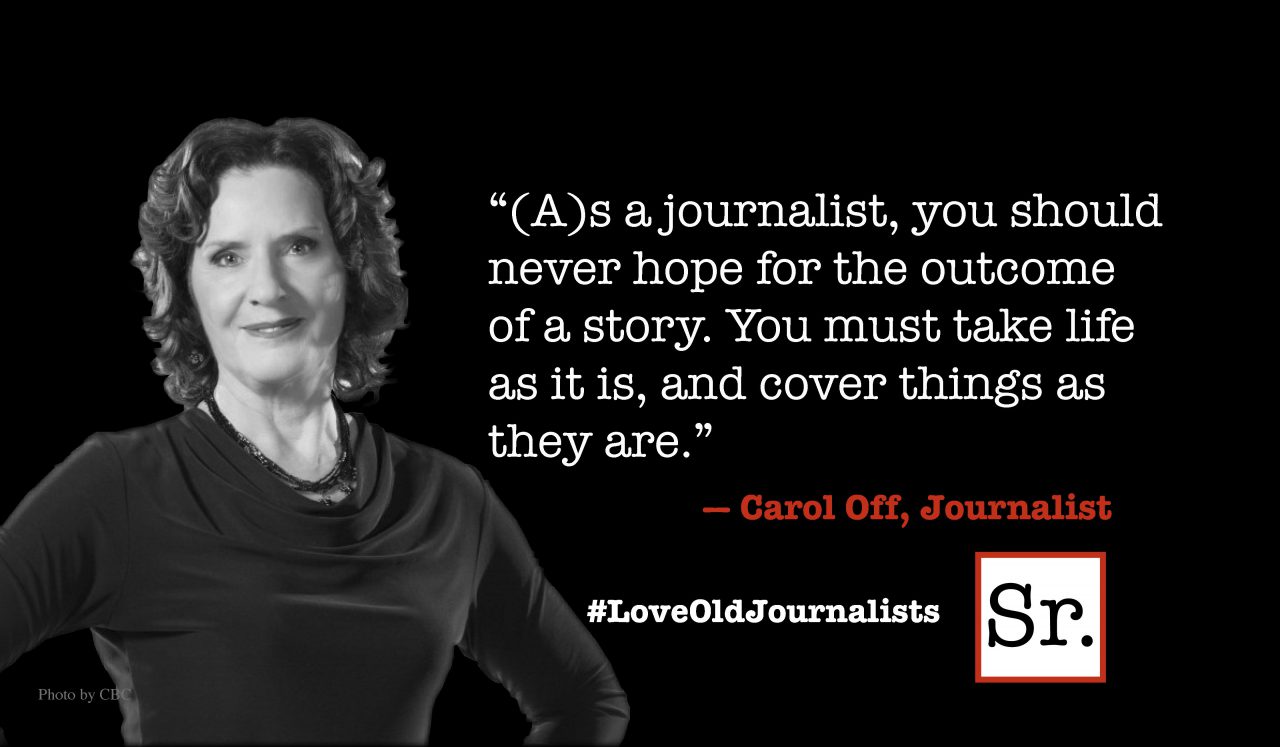Q. I have Dupuytren’s contracture. It runs in my family. I think you should write a column about this because it affects older people.
Thank you for this suggestion. It got me researching hand disorders, a subject that has many colorful names for some nasty afflictions. Here are some of them:
Dupuytren’s Contracture
At its worst, Dupuytren’s Contracture can turn a hand into a claw because the fascia — the connective bands of tissue inside the palms — shrink and make the fingers curl inward. The condition, in its milder form, creates small lumps or bands. Dupuytren’s Contracture isn’t usually painful.
Dupuytren’s is more common in older adults, men and whites from northern European background. The late President Ronald Reagan and former British Prime Minister Margaret Thatcher both suffered from Dupuytren’s.
This condition is hereditary. And it may be linked to alcoholism, diabetes, epilepsy and smoking.
It is rare for Dupuytren’s to affect the thumb and forefinger. Usually, the ring finger and pinky feel the results. Sometimes, the middle finger may be involved. Dupuytren’s Contracture often affects both hands, but usually not equally.
Ganglia
Ganglia (ganglion cysts) are benign, gelatinous lumps that usually are found on the back of the wrist. However, they also appear on the front of the wrist and on the backs of fingers. Ganglia are the most common masses found on hands. Women are three times more likely than men to get ganglia.
These cysts usually are painless. If they do act up, the fluid can be removed with a needle. You may have heard of a folk remedy for crushing ganglia by putting your hand on a table and hitting the cyst with a heavy book. This is not a good idea; you may hurt yourself and it’s unreliable. Besides some ganglia disappear without treatment.
Carpal Tunnel Syndrome
The median nerve runs from the forearm into the hand through an area at the wrist called the carpal tunnel. If this nerve is compressed by swollen tissue, you may feel pain, weakness or numbness in the hand and wrist. This common condition is Carpal Tunnel Syndrome.
This syndrome is suffered by workers who make repetitive movements with the wrist extended. So, carpenters using screwdrivers and people who do a lot of work on computer keyboards are more likely to suffer from this condition.
DeQuervain’s Tendinitis
DeQuervain’s Tendinitis is an irritation and swelling of the sheath that surrounds the thumb tendons as they pass from the wrist to the thumb. A tendon is a cord or band of inelastic tissue connecting a muscle with its bony attachment. The swelling can cause pain along the thumb side of the wrist.
The pain is usually intense when grabbing objects or twisting the wrist. In diagnosing DeQuervain’s, a doctor may perform a Finkelstein test in which the patient makes a fist and then bends the wrist away from the thumb.
Heberden Nodes and Bouchard’s Nodules
Osteoarthritis can create bumps at the end joints of your fingers and thumbs. These are Heberden Nodes. Overgrowths of bones over the middle joints of the fingers are Bouchard’s Nodules.
As joints wear down, small bone spurs develop and make the joints appear bumpy. A bone spur is just extra bone that is usually smooth, not spur-like. You can get these growths on other places in your body such as the shoulders, hips and feet. Usually, no treatment is necessary for these nodes because they aren’t painful and don’t impede your fingers.
In addition to the above are hand deformities with descriptive names such as Trigger Finger, Swan Neck, Duck Bill and Boutonnière.
If you would like to read more columns, you can order a copy of “How to be a Healthy Geezer” at www.healthygeezer.com








